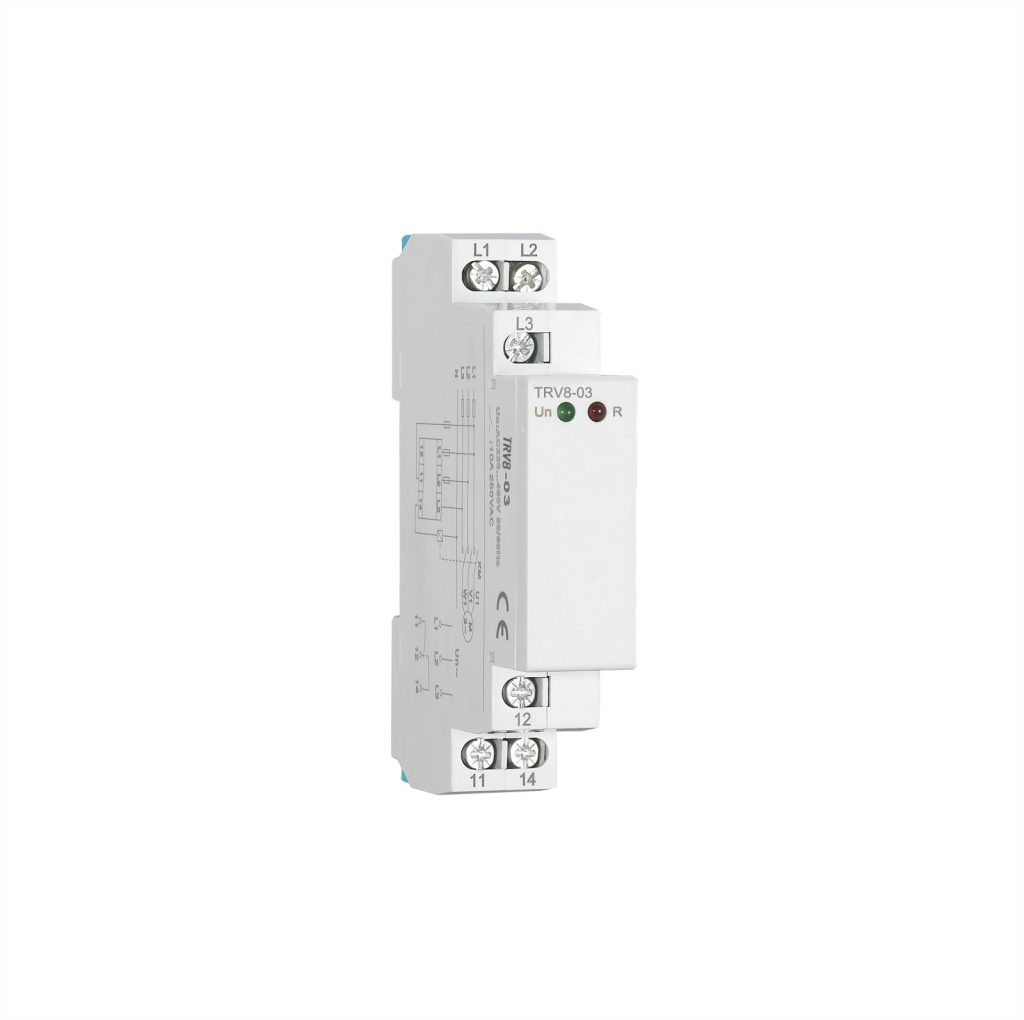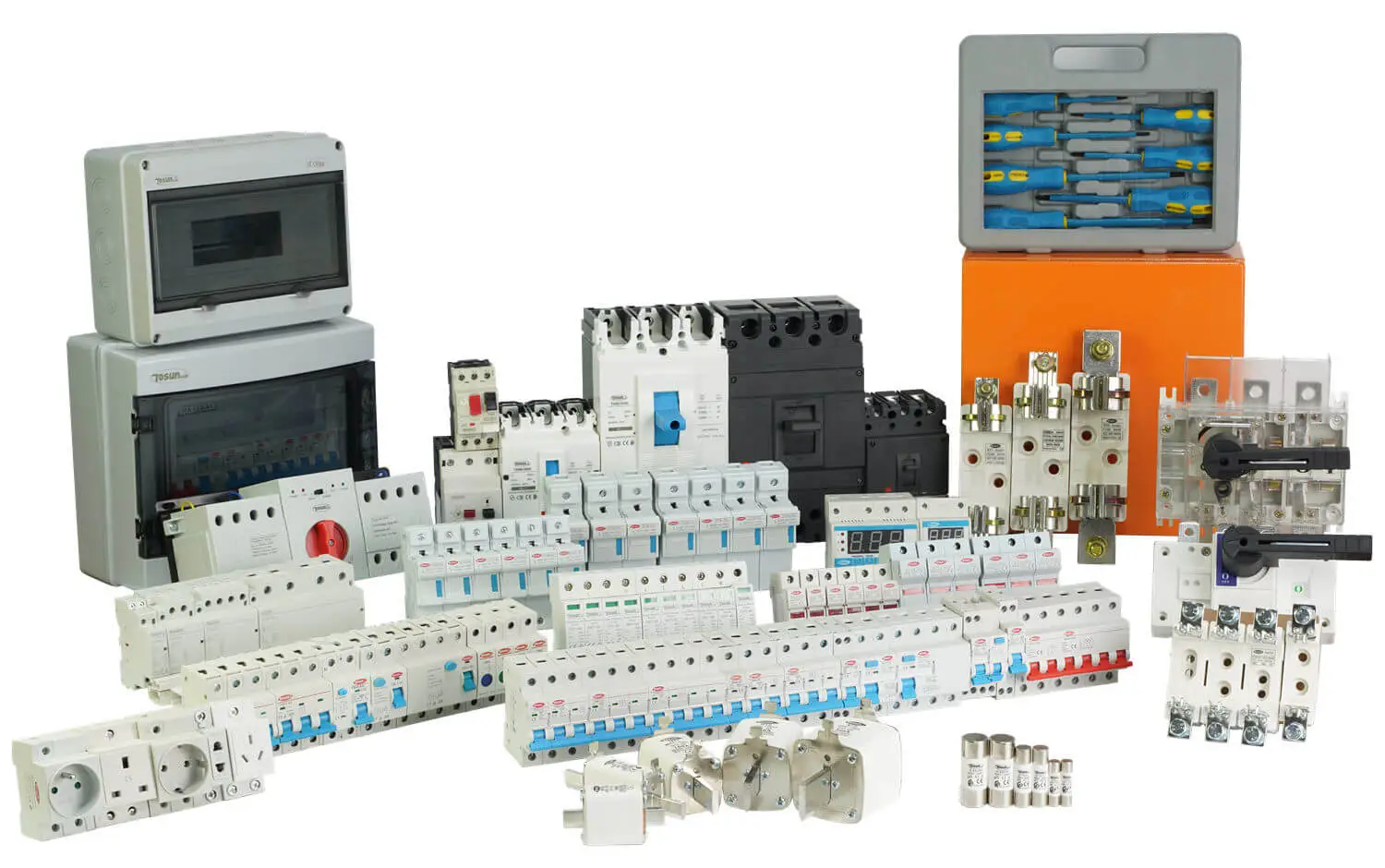A Complete Guide to Control Relays
Table of Contents
ToggleControl relays are electromagnetic switch devices that play a critical role in electrical systems by controlling higher voltage and current loads from lower power circuits. They allow a small amount of power to switch much larger loads on and off remotely.
- Relays control heavy loads with small switch signals
- They provide overload protection and signal amplification
- Multiple pole configurations suit various applications
Understanding control relay basics helps facility managers, manufacturers, and anyone working with electrical equipment better utilize these versatile components.
Control Relays – An Overview
Control relays might seem mysteriously tucked away inside equipment panels. But their operating principle is straightforward – when a small control circuit is energized, it activates internal electromagnets to open or close high-current contacts. This simple yet invaluable functionality makes modern electrical applications possible.
This elegant isolation between trigger and load enables nuanced automation while shielding sensitive components. Relays transform basic binary on/off signals into real work. Extending equipment lifetimes and preventing downtime – their reliability ensures continuous processes.
Moreover, diverse contact arrangements facilitate complex sequencing, otherwise requiring intricate circuitry. While rugged designs withstand the harshest operating environments with unflinching resilience.
Whether measured in centuries for electromechanical types or billions of operations for solid state – lifecycles far exceed other controls. An overlooked workhorse behind the scenes, relays provide the versatile brawn to delicate control system brains across every industry.
Functions of Control Relays
Here are a few primary functions of control relays:
- Switching Heavy Loads
The most basic relay function is to turn a large electrical load on or off with a light-duty switch signal. For example, a low-voltage DC circuit with a push button switch can route through a 12V automotive or 24V industrial relay.
This tiny power signal can then open beefy relay contacts to engage a heavy 240V AC motor drawing tons of current – far more than the small circuit could handle alone.
- Protecting Delicate Circuitry
Relays also protect delicate electronics from being overloaded. Computers, PLCs, and other microprocessors can’t handle or switch substantial voltages and power. But utilizing a relay means they don’t have to – the contacts bear all that high-current switching. So, small signals can activate big power without the risk of burns or fires.
- Amplifying Signals
Additionally, relays replicate and amplify weak switch signals to control multiple outputs from one input. A push button or sensor connected to various relays could trigger lights, horns, valves, motors, and more all over a large facility.
Without relays, running separate wires across long distances would be cumbersome and expensive. Their flexibility minimizes wiring while still linking far-flung electrical loads.
Control Relays Types – Pole Configurations
While the coil is what actuates them, a control relay’s real purpose is in its contacts – what load gets connected or disconnected when the relay trips. Multiple contact poles with various throw arrangements suit all kinds of control schemes.
- Single-Pole, Single-Throw (SPST)
The most basic SPST contact type provides a single set of terminals to open or close one electrical path. Terminals include: common (C), normally open (NO), and coil pins. SPST only connects or disconnects the NO circuit when actuated. Simple on/off switching for small loads up to 15A suits basic control applications.
- Single-Pole, Double-Throw (SPDT)
SPDT adds an extra set of normally closed (NC) contacts operating opposite the NO terminals. This provides two switchable options from the same coil trigger. Static NC circuits connect loads when the relay is off, dynamic NO circuits engage energized. SPDT works well for switching between redundant backups or notification alarms.
- Double-Pole, Single-Throw (DPST)
DPST features two independent SPST contact sets in parallel, multiplying switchable loads. The dual NO contact pairs activate together when triggered, allowing a single small control signal to engage two larger loads. DPST suits applications needing enhanced contact current ratings beyond single switches.
- Double-Pole, Double-Throw (DPDT)
Combining dual SPDT pairs, DPDT offers four power switching options from one relay. Two NO and two NC contact sets all toggle state simultaneously when triggered. This flexible arrangement accommodates advanced control schemes like H-bridge motor reversal that require rapid on/off toggling across multiple loads.
Related Reading: Selection and Installation of Control Relays
Control Relay Applications Across Industries
Here are a few sectors that get the most out of control relays:
- Industrial Manufacturing
Factory automation relies extensively on control relays for machine sequencing, process control, and monitoring safety stop circuits. They activate conveyor motors, compressors, vibratory feeders, and robotic welders or riveters based on sensor cues. Relays also control warning strobes, panel indicators, and alarms. Rugged designs withstand harsh plant conditions.
- Energy and Utilities
Power plants employ control relays for generator management, grid synchronization sequencing, transformer tap changing, and fault isolation. Robust electrical noise immunity and surge protection suit high-voltage utility environments. Time delay functions also facilitate smooth power-up procedures. Additionally, relays control oil and gas pipeline valves and switchgear.
- Commercial Buildings
In offices, stores, hospitals, and apartment buildings, relays actuate HVAC components, escalators, parking access gates, lighting circuits, and security systems. They integrate occupancy sensors, smoke detectors, and climate monitoring to optimize energy efficiency, safety, and comfort. Relays suit the 24/7 operation in critical facilities.
- Transportation Infrastructure
Traffic signals, rail crossing barriers, aircraft hangars, automated parking structures, electric vehicle charging, and other public transportation applications utilize specialized vehicle-rated, weatherproof relays. They handle vibration while maximizing electrical noise protection. Changeover contacts suit backup power schemes.
Conclusion
From tiny PCB-mounted signal relays to massive industrial contactors, these often overlooked devices form the backbone of electrical automation and safety systems. Whether an operator needs to switch small sensor circuits or engage high-voltage equipment remotely, relays enable it reliably and efficiently.
Discuss how to best implement them for your facility power and control architecture with the specialists at TOSUNlux today. The right relays open up a world of electrical possibilities.
Tel: +86-577-88671000
E-mail: ceo@tosun.com
Skype: tosunelectric
Wechat: +86-139 6881 9286
WhatsApp: +86-139 0587 7291
Address: Room No.1001 Wenzhou Fortune Center,Station Road, Wenzhou, China
REQUEST A QUOTE
WhatsApp us
 : +86-139 0587 7291
: +86-139 0587 7291 English
English Español
Español Русский
Русский Français
Français العربية
العربية Português do Brasil
Português do Brasil Українська
Українська Türkçe
Türkçe Polski
Polski Nederlands
Nederlands Italiano
Italiano Bahasa Indonesia
Bahasa Indonesia हिन्दी
हिन्दी اردو
اردو አማርኛ
አማርኛ Հայերեն
Հայերեն ไทย
ไทย Монгол
Монгол فارسی
فارسی Shqip
Shqip Ελληνικά
Ελληνικά



